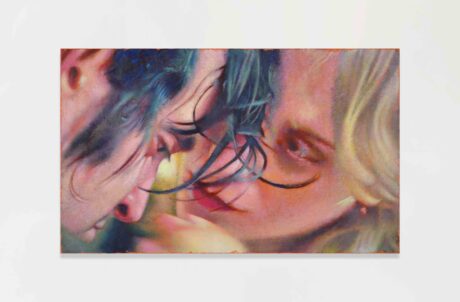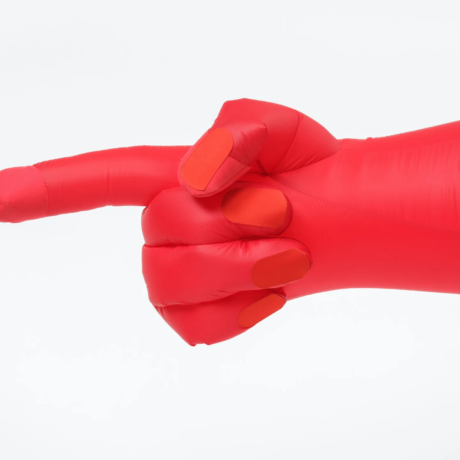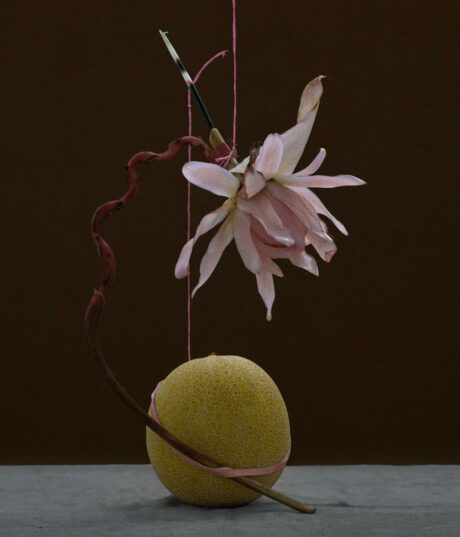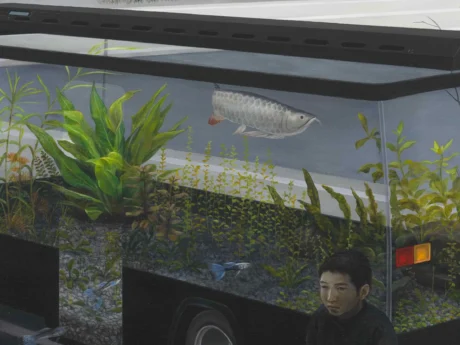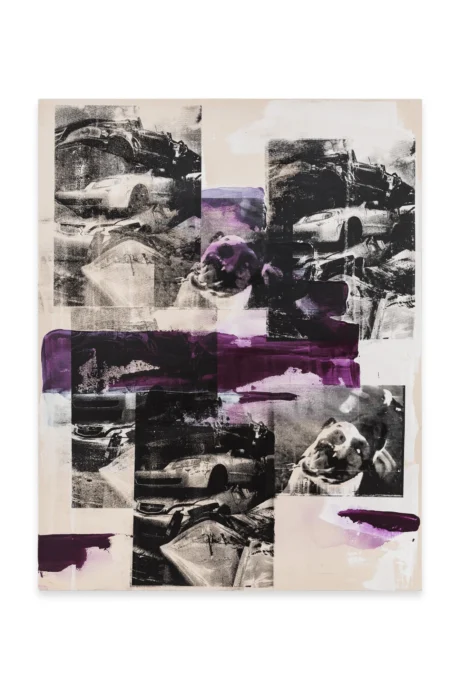Writer Lucy Broome introduces Chinese contemporary artist Ai Weiwei’s current exhibition at Galleria Continua in Tuscany and guides readers through a short, yet fascinating, history of the artist’s turbulent life.
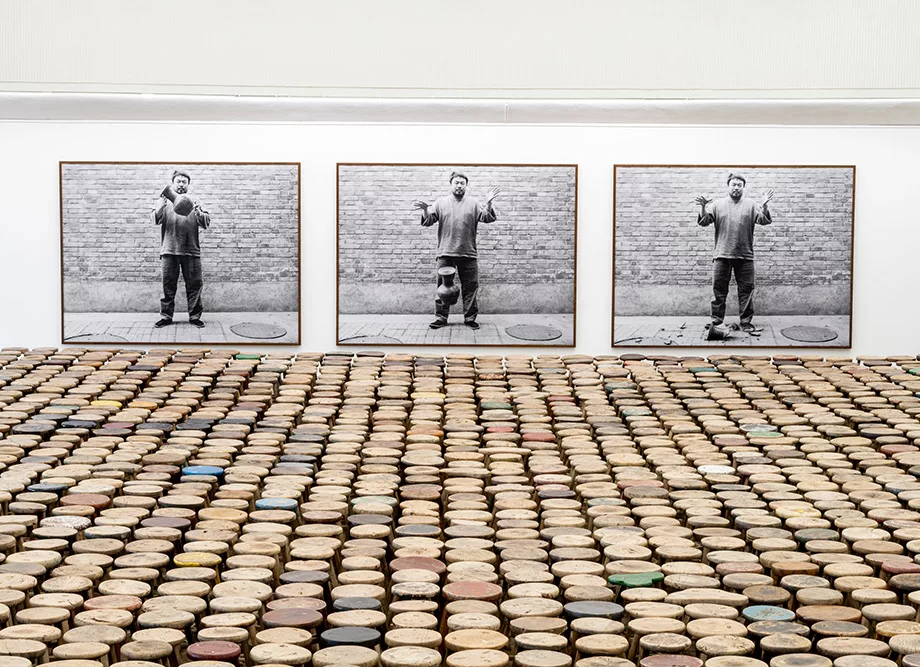
Contemporary society maintains the belief that we are beyond binary thinking. We can access endless information on armed conflicts, debates, and elections with a few clicks of a button, creating the illusion that we have an informed position. It might appear that each of us, within our individually algorithmically curated internet rabbit holes, has seen everything there is to see. Furthermore, because of this world of accessible “evidence,” when one is asked to state their stance on an issue, one is subsequently expected to stick to their position. And being ‘on the fence,’ is of course, a guise for complicity.
While complacency or an apolitical attitude is not necessarily productive, Ai Weiwei is drawn to engage with the lack of nuance involved in the modern tendency towards the extreme. Through the act of enforcing a solid aversion to binary thinking, a new binary is created. In the process of continually reinforcing how outside of one line of thinking one can be, one may inadvertently create an either-or way of thinking, being itself Neither Nor.
In Ai Weiwei’s words, “Neither Nor, is intended to convey that, in most cases, our thinking is not limited to absolute truths or single interpretations but rather exists in a state of ambiguity that allows for greater possibilities and debate. It is within this state of ambiguity that human thought and culture, including art, find the environment and space to thrive.”
Neither Nor is Ai Weiwei’s most recent exhibition, on display at Galleria Continua until September in San Gimignano, Tuscany. Given its mediaeval surroundings, the Italian fortress town appears as an unlikely setting for a contemporary art gallery. However, this opposition speaks to Ai Weiwei’s style, which combines Western minimalism with historical Chinese materials and objects. Galleria Continua recognises that the mediaeval surroundings were once considered contemporary art and that, in time, the contemporary art of our current era will become historical too, so it is their focus to continue it. Similarly, Ai Weiwei uses the language of modern art and the readymade to continue the rich history of Chinese art, which he recontextualises to interrogate its function and meaning in the contemporary setting.

Ai Weiwei was born in Beijing but grew up in the far Northwest of China, where his family was banished following his father’s political exile in 1958. Ai Weiwei’s father, Ai Qing, one of the most famous poets in China, was labelled a ‘rightist’ under Chairman Mao’s regime. Mao visited Ai Qing in his cave during his exile in Yan’an to discuss a rift between CCP party ideologues and liberal intellectuals. Ai Qing’s following involuntary involvement with the CCP led Ai Weiwei to help his father burn his books, an event which Ai Weiwei recounts in his memoir as spurring his commitment to artistic expression.
After the death of Mao, 18 years after their initial exile, Ai Qing and his family were permitted to return to Beijing. Ai Weiwei’s subsequent relationship with Beijing has a fraught history. He had a tremendous impact on the art scene, helping to establish the Beijing East Village, a community of experimental artists, and even designed the 2008 Olympic stadium nicknamed “The Birds Nest” with the architectural firm Herzog & de Meuron. Simultaneously, however, he was a vocal critic of the Chinese government’s censorship, particularly post 2008, when his work gained significant international momentum, describing the surveillance culture of Beijing as “a prison for freedom of speech.” This figurative prison became a literal one for Ai Weiwei. In 2011, whilst attempting to travel from Beijing Capital International Airport, plain-clothed police officers took Ai Weiwei aside, placed a hood over his head and sent him off in the back of a van to a secret location in Beijing where he was detained for 81 days without charge. Following a 4-year travel ban, his passport was returned to him in July 2015.
Despite Ai Weiwei’s turbulent life, his work is consistently underpinned with a sneer. This humorous perspective is applied in his work to use political dissonance as satire to make the viewer reflect on new angles or dimensions of the work, revealing nuances that might be overlooked. Neither Nor includes some of Ai Weiwei’s most renowned pieces, many encapsulating this sentiment. The show includes Dropping a Han Dynasty Urn in 1995 when the artist dropped a 2,000-year-old urn for a piece (the second of two as his brother failed to press the shutter the first time), challenging tradition and status quo. The famed images look across Stools, 2013, a sea of 2358 individually coloured hand-crafted wooden stools, which Ai Weiwei has collected since 1997. The once highly common three-legged stool, which would have been passed down generationally, is now an antiquated object in modern China, where it has been replaced by plastic and aluminium counterparts. They can be seen again in the sculpture Grapes, 2015, where they are arranged orbitally. The recurrent use of this stool in Ai Weiwei’s work questions cultural values and historical knowledge of old and new, an ongoing dialogue reflected in the super modern city of Beijing. This dichotomy also represents China’s socialist history, which requires individuals to set aside their historical beliefs in favour of state hegemony and a vision for a modern China.
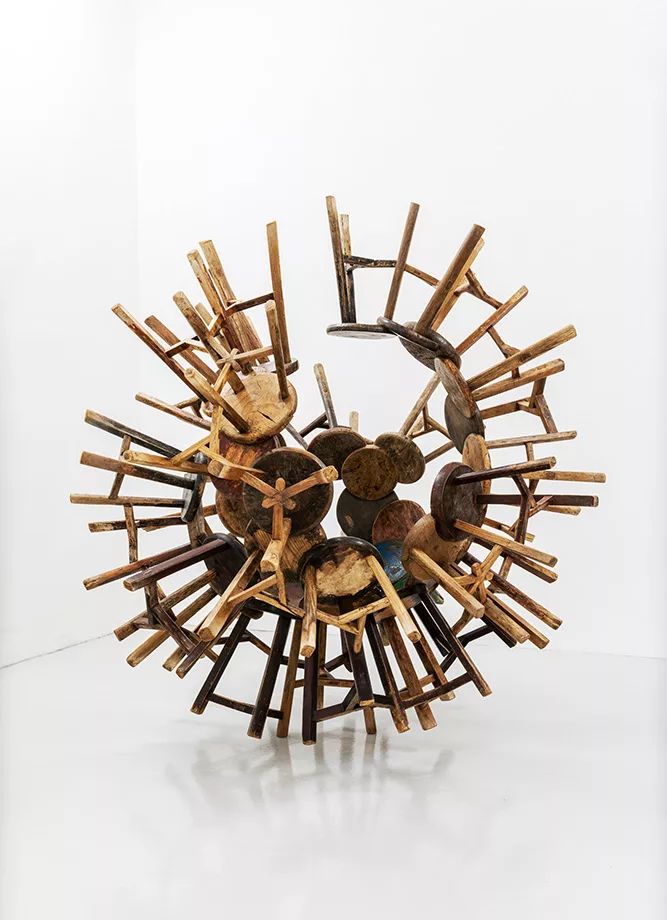
It is not exclusively China that receives artistic critique within the show. Neither Nor also includes Lego works, a nod to the concept of ‘made in China‘, a phrase which is theoretically antithetical to the country’s rich history of craftsmanship. Ai Weiwei ‘re-creates’ some famous artworks from the Western canon using Lego bricks, such as Giorgione’s Sleeping Venus, to which he adds a coat hanger. Also depicted in Lego is the Last U.S. Soldier Leaving Afghanistan, 2022, and To keep a person ignorant is to place them in a cage, 2023, a quote from Wikileaks founder Julian Assange, whose website was described in 2019 by the U.S. Department of Justice as “one of the largest compromises of classified information in the history of the United States.” Publishing more than 100 million documents over the years, the leak exposed items such as confidential documents from former U.S. Army intelligence analyst Chelsea Manning, suggesting that the U.S. military had killed hundreds of civilians in unreported incidents during the war in Afghanistan.
Ai Weiwei recently stated, “censorship in the West is the same as Mao’s China,” following the cancellation of his show at a London gallery because of his political stance on Palestine. The show was set to include the Assange work, with its press release reading: “This emblematic image, its title and the show as a whole, all build towards a reflection upon the real and present struggles between self and state, source and copy, information and conspiracy, painting and pixel.”
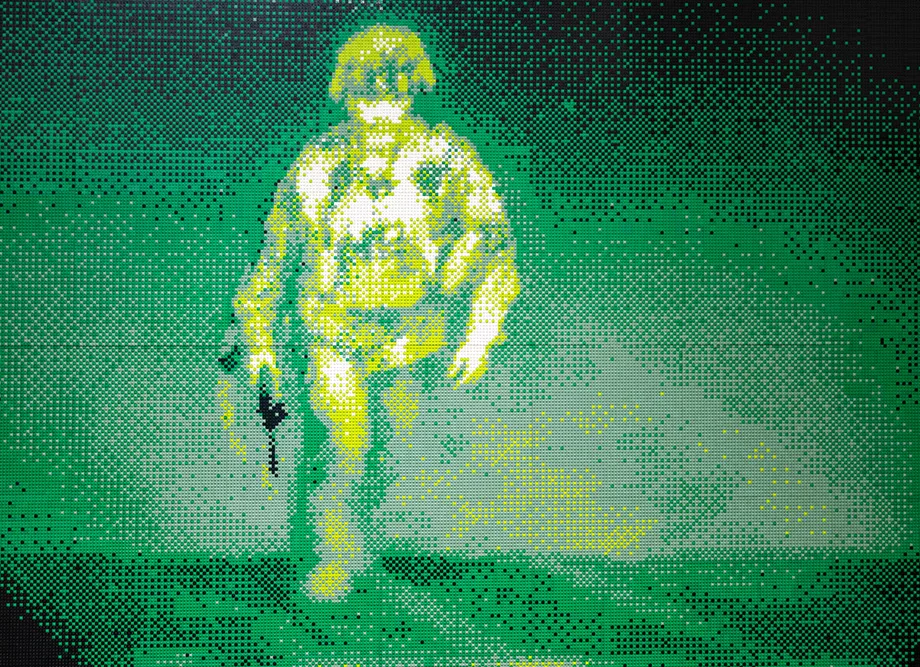
Western media often appropriates the narrative of a lack of choice and freedom within China to shed a negative light on a non-capitalist regime. Consequently, Ai Weiwei’s political critique of China has been widely accepted and applauded in the West. However, his vocal support of Palestine shifted the view of the politics that already existed within his work, with the acceptable being subsequently deemed unacceptable. But, while difficult to contend with, these mixed reactions to his work perhaps only further emphasise the inevitable grey zone, the uncomfortable reality of artworks as things which are constantly in flux, dependent on their context and viewers’ receptions.
Words by Lucy Broome
